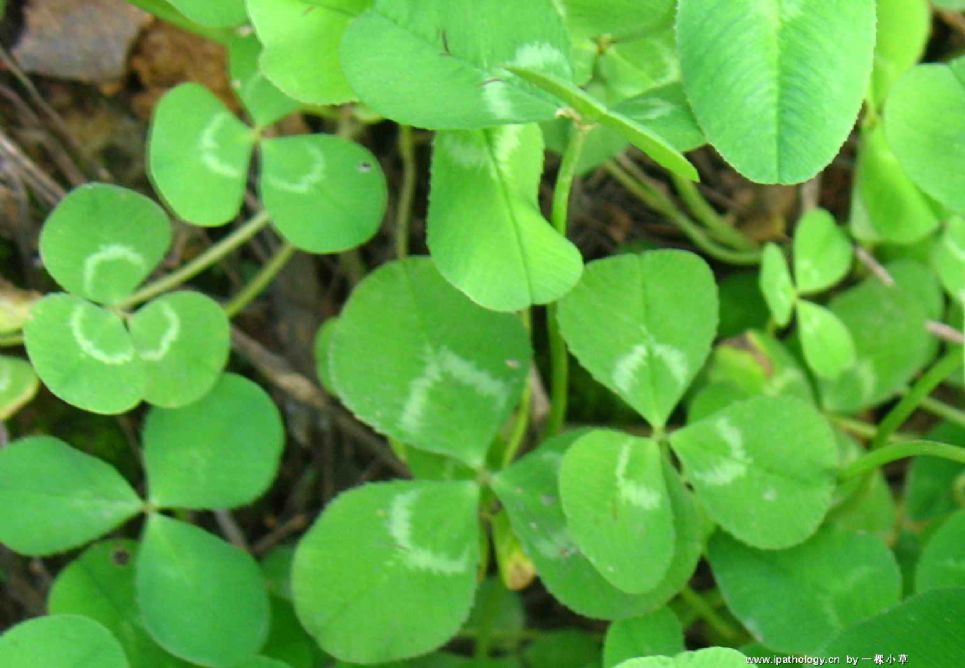| 图片: | |
|---|---|
| 名称: | |
| 描述: | |
- B3651耳前肿物,有IHC
-
本帖最后由 xuesizeng 于 2013-11-06 09:59:21 编辑
1、临床表现是否呈疣状或外生性改变?如果外生改变,要考虑皮肤来源的肿瘤或增生。
2、病理改变未见肿瘤与表皮的关系,如果考虑附属器来源的肿瘤,常常看到分化较好的病变区,能够判断肿瘤的来源,
3、免疫组化标记,的确要考虑皮脂腺来源的肿瘤可能,HE切片中如果发现皮脂腺分化,可以明确诊断来源。有时肿瘤细胞分化不明显,只能诊断附属器肿瘤。
4、诊断要考虑皮脂腺来源。诊断中如果病理改变可见明显浸润性生长,考虑皮脂腺癌,如果没有明显浸润性生长模式,病变边界清楚,肿瘤细胞可见异性,考虑非典型增生。高分化皮脂腺癌容易判断来源,中、低分化较难判断来源。
-
xiaofeng1008 离线
- 帖子:783
- 粉蓝豆:33
- 经验:824
- 注册时间:2013-07-24
- 加关注 | 发消息
综合一下,皮脂腺癌还是首选,CK5/6阳性少可能跟较少成分的基底样生发上皮细胞相关(个人猜测,用词欠准),毕竟皮脂腺还是偏向表达腺体的标记多些,您试试CK8/18或CK7等腺标记,EMA很好的表达支持皮脂腺癌,低分化者可阴性,AR可能更优,CEA、BCL2阴性均符合皮脂腺癌。总之,这里有篇文献的皮脂腺癌IHC讨论供您参考:
Immunohistochemically, the tumor cells show positive reactions for epithelial membrane antigen (EMA) and androgen receptor (AR), but not for carcinoembryonic antigen (CEA), S100 protein, or gross cystic disease fuid protein-15 (GCDFP).CAM5.2 and BRST-1 have also been positive.In one report, two cases reacted with CD36. It should be noted that EMA staining is often absent in poorly differentiated tumors but nuclear staining for AR is present, making it the more reliable marker.Approximately 60% of basal cell carcinomas show focal positivity for AR. A recent immunohistochemical review concluded that an EMA-positive, Ber-EP4-positive immunophenotype supports sebaceous carcinoma, an EMA-positive, Ber-EP4-negative profle supports squamous cell carcinoma, and an EMA-negative, Ber-EP4-positive result supports basal cell carcinoma.Ocular sebaceous carcinomas contain cytokeratin 7 (CK7) but ocular basal cell carcinomas and squamous cell carcinomas do not.Basaloid and undifferentiated cells express the keratin 15 (CK15) stem cell marker.Cytokeratin 19 requires further studies before its use can be assessed.Sebaceous carcinomas express statistically signifcant, increased levels of p53 and Ki-67 compared to benign lesions, and reduced levels of bcl-2 and p21 compared to adenomas.Survivin, an inhibitor of apoptosis, is expressed more often in sebaceous carcinomas than adenomas and hyperplasia, but as the number of cases expressing this protein is low, it is not of any diagnostic use.Bcl-X appears to be a marker of sebocytes.Telomerase expression occurs in all sebaceous neoplasms and is of no value in distinguishing adenomas from carcinomas.

















































